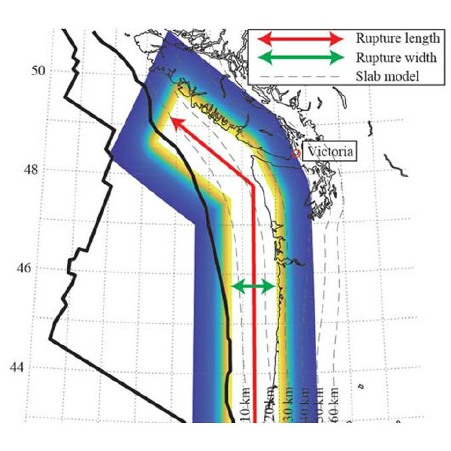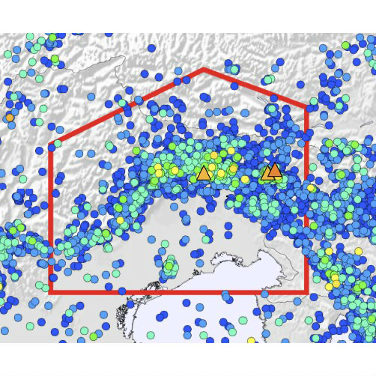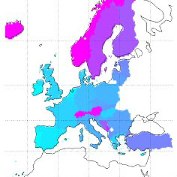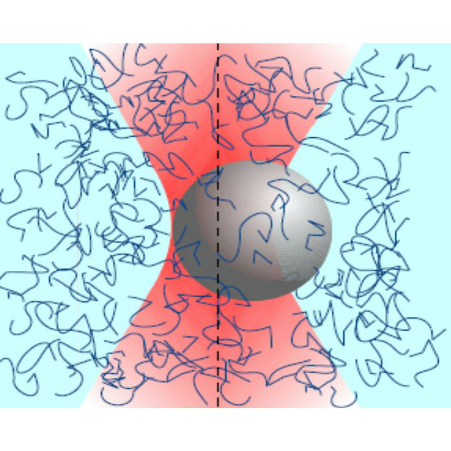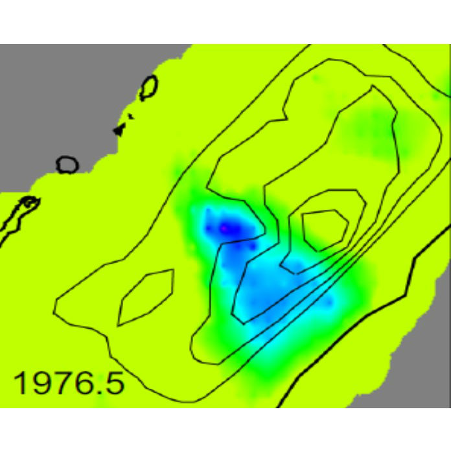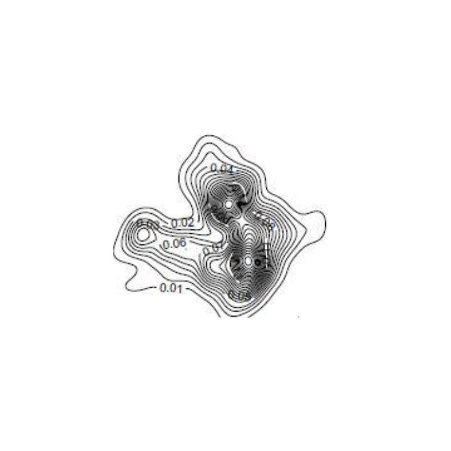Blog
-
Spatiotemporal seismic hazard and risk assessment of M9.0 megathrust earthquake sequences of wood‐frame houses in Victoria, British Columbia, Canada
Posted on
by
Large earthquakes and the aftershocks they generate cause considerable damage to buildings. As a result, risk management, evacuation planning and rapid seismic loss estimation require good estimates of the cumulative damage likely to arise from an earthquake sequence. This is especially important
-
Topological Comparison Between the Stochastic and the Nearest‐Neighbor Earthquake Declustering Methods Through Network Analysis
Posted on
by
On short timescales, earthquakes cluster in both time and space, eventually complicating the analysis of seismicity. One basic goal is to partition the earthquake catalogue into two classes of events — background events, regarded as spontaneous or independent earthquakes, and clustered events,
-
The future of perovskite solar cells, optimal vaccine distribution, and how to discourage the spread of madness through social media.
Posted on
by
Here are links to a few recent articles by LML External Fellow Mark Buchanan.
-
The spectral density of dense random networks and the breakdown of the Wigner semicircle law of random matrix theory
Posted on
by
The theory of random networks is useful in modelling systems of many interacting units, ranging from neurons in the brain and computers and routers in the Internet to species in an ecosystem. In this theory, a key mathematical quantity is the eigenvalue
-
An attempt to explain recent changes in European snowfall extremes
Posted on
by
In recent decades, the frequency of extreme snowfall events – often entailing considerable human and economic costs – has remained mostly unchanged, despite consistently rising global temperatures.
-
Online conference on Ergodicity Economics, January 2021
Posted on
by
The mathematical concepts of randomness were first developed in economics in the 17th century, primarily in the context of problems of gambling and games of chance.
-
Optical Tweezers: A Comprehensive Tutorial from Calibration to Applications
Posted on
by
A highly-focused laser beam can be used to trap microscopic particles. In this technique – known as optical tweezers – forces arise near the focal spot due to radiation pressure of the light beam (acting along the beam direction) and gradient forces
-
Seminar Series: COVID-19
Posted on
by
Along with colleagues Jorge Velasco-Hernandez and David Sanders, LML External Fellow Isaac Pérez Castillo has organised a series of seminars to be held throughout the rest of the year on topics linked to the COVID-19 pandemic.
-
A New Method for Imaging Seismic Quiescence and Its Application to the Mw = 8.3 Kurile Islands Earthquake on 15 November 2006
Posted on
by
The seismic quiescence hypothesis asserts that the number of small earthquakes decreases in and around the focal area of a great earthquake near to its time of occurrence.
-
Model checking for hidden Markov models
Posted on
by
Hidden Markov models (HMMs) were first introduced in the late 1960s, and later applied widely in areas including speech recognition, bioinformatics, finance and seismology.

